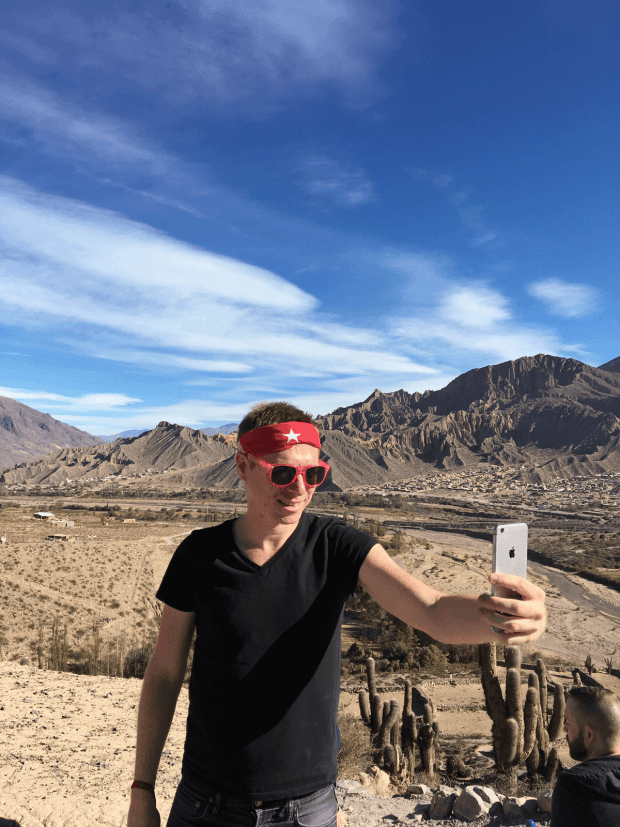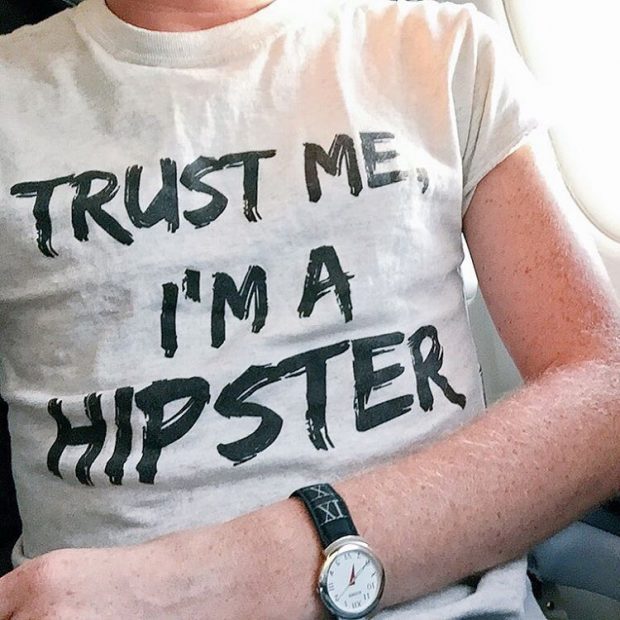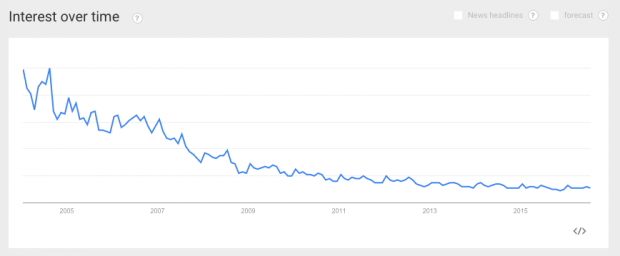This week at the 9th annual GNETWORK360 conference in Buenos Aires, Argentina, I presented on a topic close to me and my interests: how millennial travelers are changing the gay travel industry. The LGBT travel conference was attended by international media and over 50 different speakers on topics related to LGBT tourism, Latin America businesses and gay-friendly destinations.
Millennials—everyone’s favorite buzzword.
I’m a millennial and, in true millennial fashion, I’m a blogger, too. I grew up with the internet, and even if I’m on the older end of the millennial spectrum (generally regarded as those young people born between 1980 and 2000), I’ve been an active participant in this new type of youth culture. I obsesses over the millennial trend pieces in The New York Times and The Guardian, reading them with my eyes rolling deep, gasping when millennials are repeatedly referred to in negative, pejorative terms.
I fit a lot of the millennial stereotypes—for better, or worse. But I really do appreciate and value what we, the youth, bring to the world. Our new perspectives, interests and ability—we’re doing amazing things.
* * *
How we used to travel & how we travel now

In the past, guidebooks were the norm. Hotels and accommodation—in the city center near the top tourist attractions. We’d send postcards home as a way of sharing our trip. Today, we travel differently.
The internet, in the past 20 years, has revolutionized every aspect of our lives. It’s a defining feature of what makes a millennial a millennial. We grew up with the internet. And we use the internet for everything. We use it to research trips, to find the best deals, to find the trendy neighborhoods and the unique things to do. One report says we check our phones at least 150 times per day.
Now, millennials look to stay outside the city center. Collecting experiences (and this idea of experiential travel) is as important as visiting the most popular tourist attractions. And a postcard—what is that?! Younger kids don’t even know how to write or address a postcard anymore. Now we take selfies as a way to share our travels with friends and family back home, to inspire a bit of FOMO (fear of missing out). We post to Facebook and Instagram, Snapchat—that’s the modern postcard.
* * *
The millennial traveler

That’s how we travel – but who is this millennial traveler? Why do we travel this way?
Millennials are after new experiences when traveling. It’s been the case like that throughout history, but today with technology and the internet being what it is, we actually have the chance and the ability to travel this way, in search of something memorable. It’s easier now. We’re after local experiences. That’s why you see the rise in the “sharing economy.” Services like Couchsurfing, Airbnb, Uber, EatWith, Mealsharing—these are tools for experiences, not products.
I recently attended an LGBT Small Business day at Google’s Germany headquarters where I came away with some hard data. Local search is rising fast. That’s not a surprise. With smarter technology and better search, we can find more immediately what we want, when we want. There’s been a 34x increase since 2011 in Google searches for “things near me.” You check into a hotel now and you don’t ask the concierge (if there is one) for a dinner recommendations. You ask Google. More often than you might ask a friend or a local.
* * *
The search for authenticity
And it works because that’s how we find authenticity when we travel. We use social media, blogs and websites to plan our trips. There’s so much information online and it’s now possible to find our own individual interests when traveling. A traveler who loves coffee, he’s going to research before his holiday where to find the best café con leche. Someone who’s obsessed with empanadas (hi!) is going to research online and find the best place for empanadas. A Michelin-starred pastry chef from Chicago is going to seek out French patisseries when traveling in Europe.
Travel isn’t just about being there anymore; it’s not about sending a postcard back home or buying a souvenir magnet. We’re after authenticity: real places where the locals are. We want to learn something. It’s why there’s been a huge rise in culinary tourism—cooking classes and food tours don’t just show you the local culture, you learn something—maybe a new skill or a new recipe…something you’ll share on social media and something you’ll take home.
A global trends report released last November at the World Travel Market conference in London reported on how city tourism is changing with new “hipster holidays.” Edgier neighborhoods and alternative areas are becoming more and more popular. City breaks are changing. The “hipster holiday” is about immersing yourself in a local, non-touristic world. We’re looking for unique events, festivals or special experiences that leave you with some sort of unique, local skill or idea to take home.
This personalization of travel also affects our spending habits. For that local experience, for that trendy Airbnb in Palermo, or in Barcelona’s Gracia neighborhood, Madrid’s Malasana…it might be more expensive than a hotel elsewhere in the city. But the millennial traveler doesn’t care. The goal is to have a unique holiday experience and we’ll selectively spend to make that happen. We’ll spend what we have to for those special experiences. We might take a cheap EasyJet flight to get to Barcelona, but once there, if you’re a foodie, for example—you’re going to splurge on the best meals, the coolest cocktails. The goal is to curate a certain lifestyle at home and abroad…and then to post it on Instagram.
* * *
How gay travel is changing

This new way of traveling is affecting gay travel. The chart above, from Google Trends, shows how the search interest in “gay travel” has dropped dramatically in the past 10 years. That’s partly because the millennial gay traveler is part of a more open, more LGBT-friendly world. Think about this in the real world: any gay person will tell you about how gay bars and clubs are closing down. London’s Soho neighborhood has been a gay hotspot for hundreds of years, long a place for open-minded sexual liberation. But today, many of the bars in Soho are shutting down. However, that doesn’t mean the gay bar is dying—it’s just changing. Now, our gay bars are further outside the city center. They’re in neighborhoods like Shoreditch or Brixton—areas not traditionally LGBT-friendly. But things are changing.
That’s why I take a lot of pride in my series of Hipster City Guides. These are largely LGBT guides, but young gay travelers today have much more varied interests. We’re going to gay bars, but not exclusively. We’re looking for those unique, authentic experiences when traveling—as much as we are looking for the connections with the LGBT world. We live in a more open world, one where communication is a part of not just how we travel, but also why we travel.

how sad….ı thınk gay people should be gıven preferences as they part of the human race. ı would love to run a busıness that ıs solely focused on the needs of gay people….ı love them. the most wonderful and happıest people. ı need your advıce on what you preferç whıch part of the world appeals to you then we start.